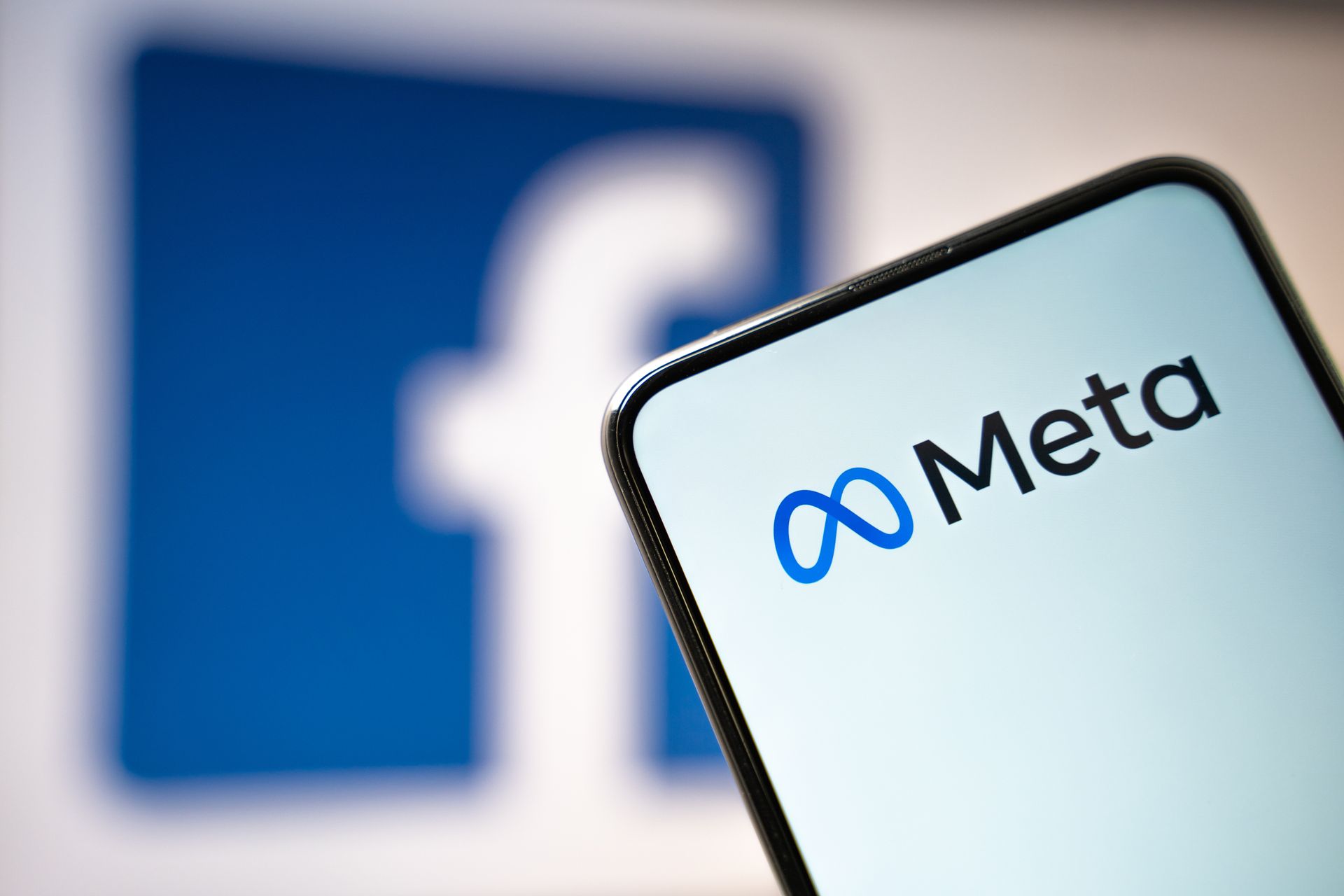The Blink Test
Does your advertising pass the blink test? With the average consumer exposed to nearly five thousand messages per day, how are you marketing and advertising your company, so that you stand out from the rest?
In 2005, Malcolm Gladwell wrote a book titled, "Blink, The Power of Thinking Without Thinking". In this book, Gladwell speaks about rapid cognition, which is the kind of thinking that happens in a blink of an eye. There are so many instances where this rapid cognition takes place in our daily lives, like when you meet someone for the first time, or walk into a house you are thinking of buying, or read the first few sentences of a book. In these instances, your mind takes about two seconds to jump to a series of conclusions. Gladwell's "Blink" is a book about those two seconds.
In fact, in his book, Gladwell describes that more information and analysis is not always better. As human beings we are capable of making sense of situations based on the thinnest slice of experience. In Psychology, the phrase "thin slicing" is used to describe the initial two seconds of rapid cognition. Thin slicing refers to the ability of our unconcious to find patterns in situations and behavior based on very narrow slices of experience. Thin-Slicing is part of what makes the unconcious so dazzling. In many cases, thin slicing often delivers a better answer than more deliberate and exhaustive types of thinking and analysis.
In advertising, thin slicing is used by everyone who is exposed to your message. So, in today's world, it becomes even more critical to use the right words, images, and sounds in your marketing message. The rapid cognition of the consumer takes place as they are confronted with your message. So, just as first impressions are created on first dates or job interviews, the consumer will use this mode of unconscious thinking with your company.
Thin Slicing is not only used by consumers when they are exposed to your advertising message. The power of rapid cognition can also be made abundantly clear through all of your marketing efforts. So, the way that your employees answer the phone, your on hold message, your logo, the message on your letterhead, the slogan used on your trucks, the music playing in your office, the tone of voice used by your employees. All of these "marketing messages" are used in a potential consumers thin slicing of your company.
Your company's website is one of the prime examples of thin slicing. When a person comes to your website, they should understand, in a blink of an eye, what your company does. This is called the "Blink Test". If your website does not pass the "Blink Test", then you are losing customers faster than you are gaining them.
How does the average consumer view your company today? In the first two seconds of your advertising or marketing efforts, is the consumer developing a positive or negative vibe on your company? What is your gut telling you? As Malcolm Gladwell says, your gut is probably right.









